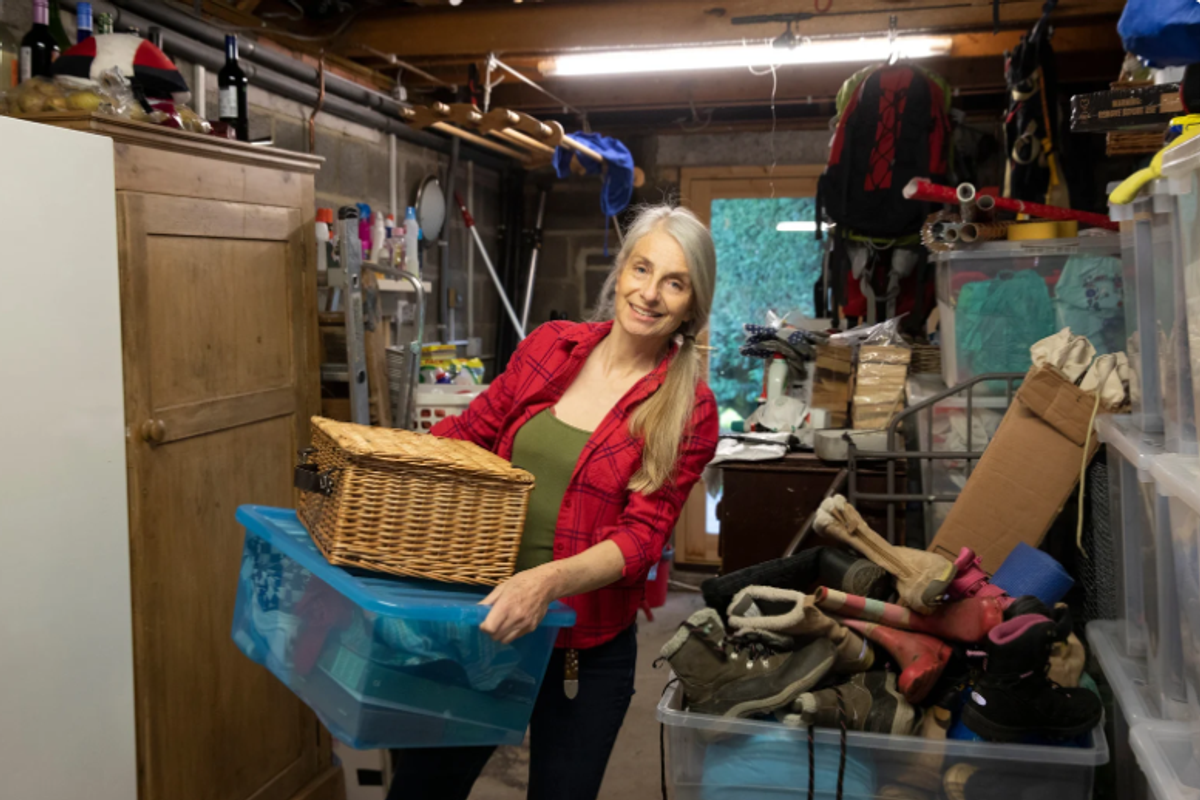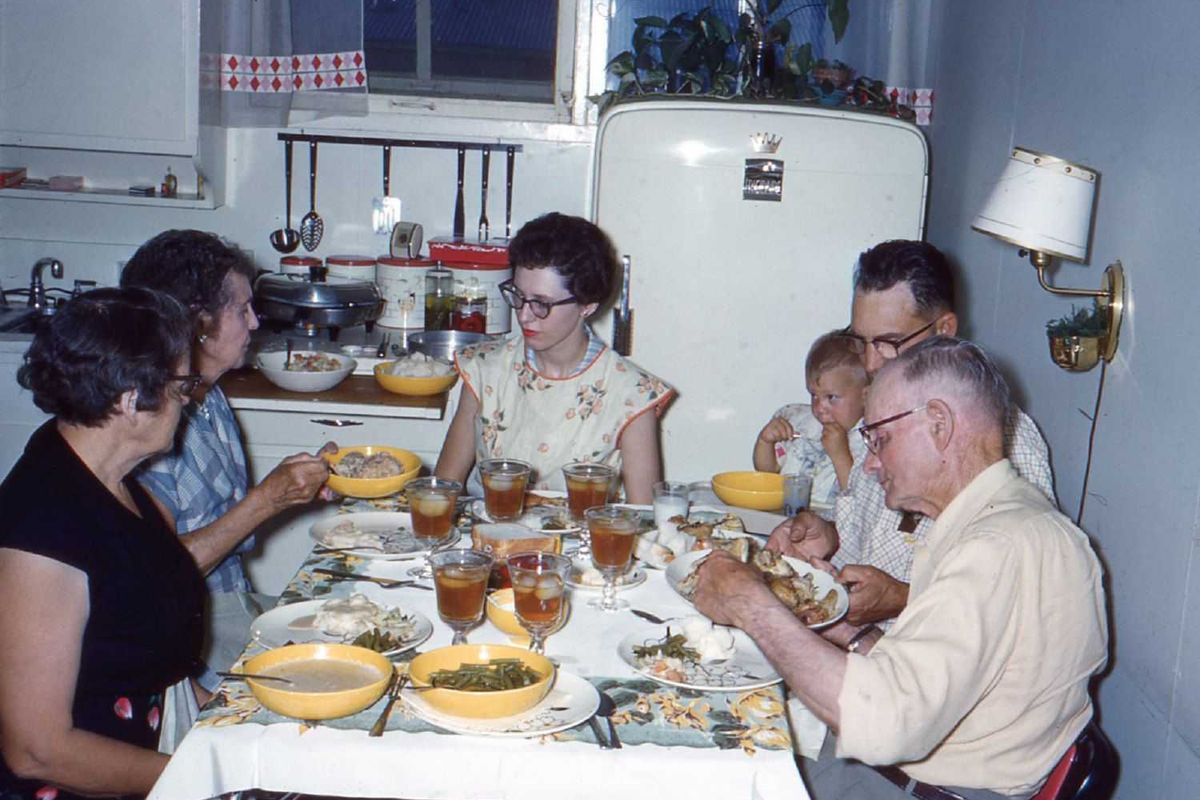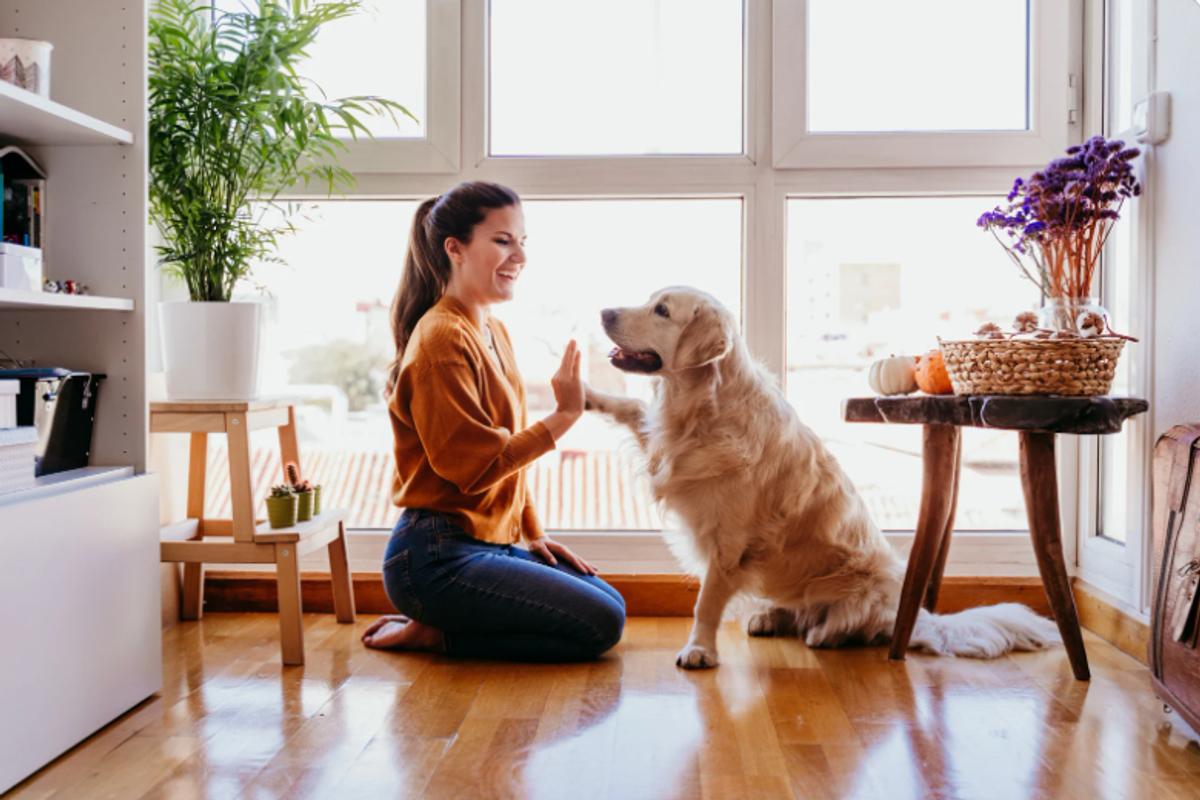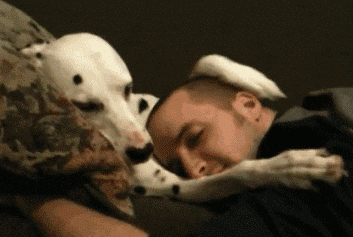The president interviewed iconic writer Marilynne Robinson. But one of the best quotes was his.
Being President probably has it's downsides: the busy schedule, the exhaustion, the lack of privacy and, you know, the whole "constantly having to be responsible for an entire country" thing.
Photo by Jewel Samad/AFP/Getty Images.
But one of the upsides (I would imagine) is getting to meet and talk to pretty much anyone you want, wherever you want, about whatever you want.
President Obama took advantage of that perk when he sat down to interview one of his favorite authors, Marilynne Robinson, in Des Moines, Iowa, last year.
The two had met several times before, and when offered an opportunity to interview someone, the president couldn't think of anyone he'd rather ask.
Photo by Pete Marovich/Getty Images.
Robinson is a Christian writer and theologian who has written essays and numerous books, including one of President Obama's all-time favorites "Gilead."
Their conversation is being released in two parts and already, in Part 1, has covered topics like faith, democracy, small towns, and, of course, writing. In it, Robinson shares so many thought-provoking yet simple truths like:
"I think that the basis of democracy is the willingness to assume well about other people."
and this:
"But Christianity is profoundly counterintuitive — 'Love thy neighbor as thyself' — which I think properly understood means your neighbor is as worthy of love as you are, not that you're actually going to be capable of this sort of superhuman feat. But you're supposed to run against the grain. It's supposed to be difficult. It's supposed to be a challenge."
(Translation: Loving someone else as much as you love yourself isn't easy. It's not supposed to be. Try anyway.)
But one of the most insightful quotes in Part 1 of their interview came from President Obama himself.
In one monologue, Obama summed up not just his greatest challenge as a leader, but what is probably the biggest conundrum of American political life:
"But there's this huge gap between how folks go about their daily lives and how we talk about our common life and our political life. And people describe it as the distance between Washington and Main Street. But it's not just Washington; it's the way we talk about our politics, our foreign policy, our common endeavors. There's this gap.
And the thing I've been struggling with throughout my political career is how do you close the gap. There's all this goodness and decency and common sense on the ground, and somehow it gets translated into rigid, dogmatic, often mean-spirited politics. And some of it has to do with all the filters that stand between ordinary people who are busy and running around trying to look after their kids and do a good job and do all the things that maintain a community, so they don't have the chance to follow the details of complicated policy debates.
They know they want to take care of somebody who's sick, and they have a generous impulse. How that gets translated into the latest Medicare budgets [isn't] always clear. They know they want us to use our power wisely in the world and that violence often begets violence. But they also know the world is dangerous and it's very hard to sort out, as you talk about in your essay, fear when violence must be met, and when there are other tools at our disposal to try to create a more peaceful world.
So that, I think, is the challenge. I'm very encouraged when I meet people in their environments. Somehow it gets distilled at the national political level in ways that aren't always as encouraging."
Can I get an amen?
In so many words, President Obama is acknowledging a pretty obvious reality about America life: People are so good and yet our politics often seem so bad. Something happens to the goodness that we see in our neighbors and our communities when we — and those we elect to represent us — start talking about "politics."
There's this inherent tension between the basic values and principles that most kindhearted people share and the complex policies needed to govern them. And that tension can be mind-numbingly frustrating, especially during election season when our airwaves are full of meanspirited attack ads and zingy one-liners that sound nothing like the conversations most of us have with loved ones at our dinner tables.
Photo by Justin Sullivan/Getty Images.
But the encouraging reminder here is that there is still common ground between us all. Most of us have the same core needs and the same core desire to make the world a safe, loving place and a desire to operate with a little bit of common sense. And while we may not all agree on how to do it, we can at least change the way we talk about our politics to better reflect that shared humanity.
Right?
Based on Robinson's expressed belief that we are all images of God, and on how many times she expresses an appreciation for the beauty hidden all across America during her discussion with the president, I think she would agree.
You can hear Part 1 of the interview on iTunes. It's worth it, not just for the thoughtful discussion of faith and democracy, but also to hear the president of the United States full-on fanboy-out over a brilliant female author. Enjoy.
Photo by Win McNamee/Getty Images.







 barkpost GIF
barkpost GIF 
 Introverts tend to be good at listening and empathy.
Introverts tend to be good at listening and empathy. A lot of introverts struggle with networking.
A lot of introverts struggle with networking. One-on-one networking is preferable for introverts.
One-on-one networking is preferable for introverts.